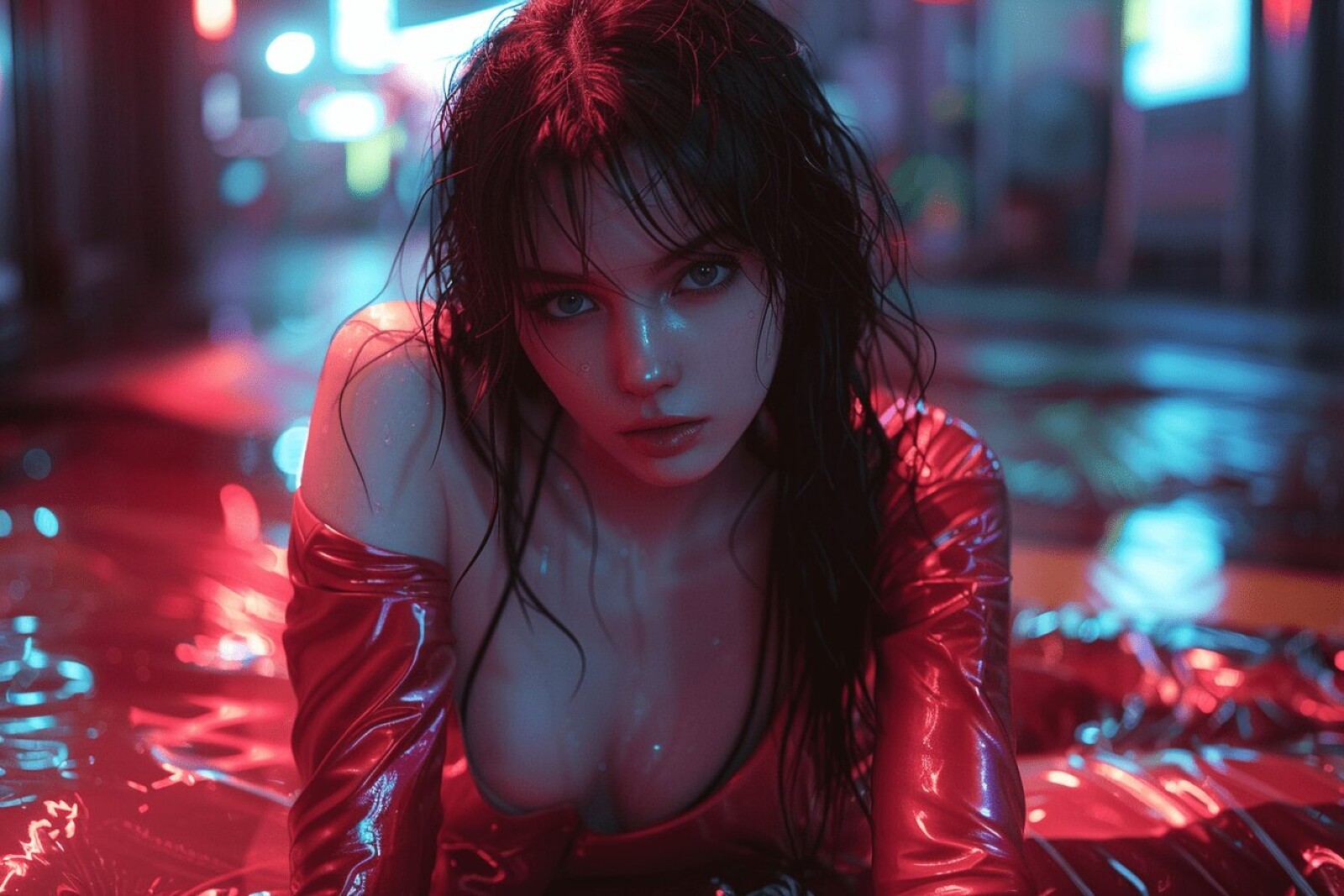
Oliver Blockfield
AI and NFTs: The Intersection of Technology and Creativity

The intersection of AI and NFTs is opening up new possibilities for creativity and technology. By combining artificial intelligence with blockchain technology, artists and technologists are pushing the boundaries of digital art and creating innovative projects. Here’s how AI and NFTs are shaping a new creative frontier.
AI-Generated Art and NFTs
AI-generated art involves using algorithms and machine learning to create digital artworks. These AI models can analyze vast amounts of data, learn patterns, and generate unique pieces of art. When combined with NFTs, AI-generated art can be minted and sold as unique digital assets, ensuring authenticity and ownership.
Several notable AI-generated NFT projects have emerged, showcasing the potential of this fusion:
GAN Art: Generative Adversarial Networks (GANs) are a type of AI that can create highly realistic images. Artists use GANs to generate unique digital artworks, which are then minted as NFTs. These pieces often explore abstract and surreal themes, pushing the boundaries of traditional art.
AI Collaborations: Some artists collaborate with AI to create hybrid artworks. For example, an artist might provide initial inputs or concepts, which the AI then processes and transforms into a finished piece. These collaborations result in unique artworks that blend human creativity with machine intelligence.
Benefits of AI and NFTs
The combination of AI and NFTs offers several benefits, enhancing both the creative process and the value of digital art. Here are some key advantages:
Unique and Diverse Artworks: AI can generate an endless variety of unique artworks, each with its own distinct characteristics. This diversity enhances the appeal of NFT collections and provides collectors with a wide range of options.
Scalability: AI-generated art can be produced at scale, allowing artists to create large collections of NFTs quickly. This scalability is particularly valuable for projects that require a high volume of unique pieces.
Innovation: The fusion of AI and NFTs fosters innovation, encouraging artists to experiment with new techniques and styles. This exploration leads to groundbreaking artworks that challenge conventional norms.
Enhanced Value: AI-generated NFTs can appreciate in value over time, especially if the underlying AI model becomes more sophisticated or gains recognition. Collectors can benefit from the potential appreciation of these unique digital assets.
Challenges and Considerations
While AI-generated NFTs offer exciting opportunities, there are challenges and considerations to address:
Authenticity and Ownership: Ensuring the authenticity and ownership of AI-generated art is crucial. Clear documentation and provenance are needed to establish the legitimacy of the artwork and its creator.
Ethical Considerations: The use of AI in art raises ethical questions about creativity and authorship. Artists and technologists must navigate these issues carefully, considering the implications of AI-generated works.
Market Acceptance: The market for AI-generated NFTs is still emerging, and acceptance among collectors and investors may vary. Building awareness and educating potential buyers about the value of AI-generated art is essential.
Innovative AI and NFT Projects
Several innovative projects are exploring the intersection of AI and NFTs, pushing the boundaries of creativity and technology. Here are a few examples:
Art Blocks: Art Blocks is a platform that offers generative art created by algorithms. Artists submit scripts that generate unique artworks on-demand, which are then minted as NFTs. This approach combines AI-generated art with blockchain technology, resulting in diverse and dynamic collections.
AICAN: AICAN is an AI artist developed by Rutgers University that creates original artworks using machine learning. The AI’s creations have been exhibited in galleries and sold as NFTs, highlighting the potential of AI in the art world.
Pindar Van Arman: Pindar Van Arman is an artist who uses AI and robotics to create unique paintings. His AI-driven robots generate artworks that are then minted as NFTs, blending traditional and digital art techniques.
The Future of AI and NFTs
The future of AI and NFTs is filled with possibilities, as technology continues to evolve and new creative applications emerge. Here are a few trends to watch:
Enhanced AI Models: Advances in AI will lead to more sophisticated and capable models, enabling the creation of even more intricate and impressive artworks.
Interactive and Dynamic NFTs: AI-generated NFTs will become more interactive and dynamic, incorporating elements such as animation, real-time updates, and user interactions.
Collaborative Art: Collaboration between AI, artists, and technologists will continue to grow, resulting in hybrid artworks that leverage the strengths of both human and machine creativity.
In conclusion, the intersection of AI and NFTs is creating a new frontier for creativity and technology. By combining artificial intelligence with blockchain technology, artists and technologists are pushing the boundaries of digital art and exploring innovative projects. As the field continues to evolve, AI-generated NFTs will offer exciting opportunities for innovation, value, and artistic expression.














